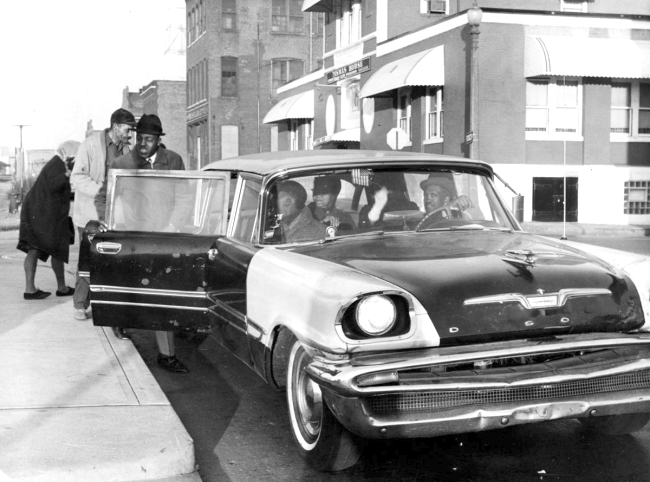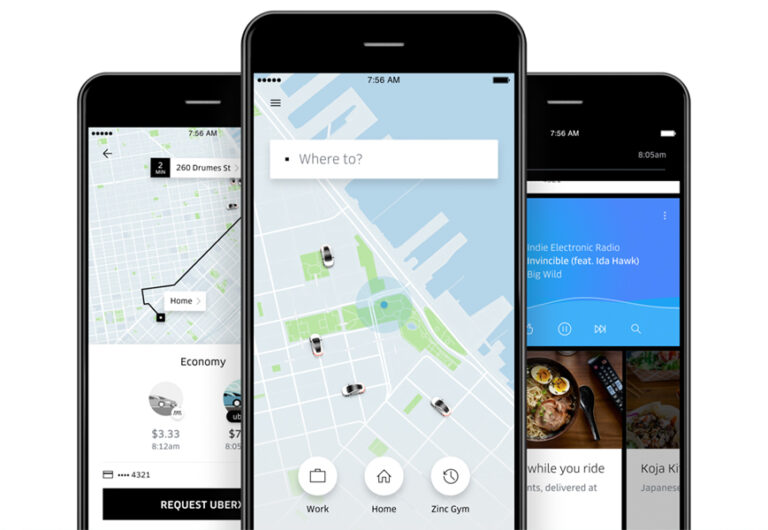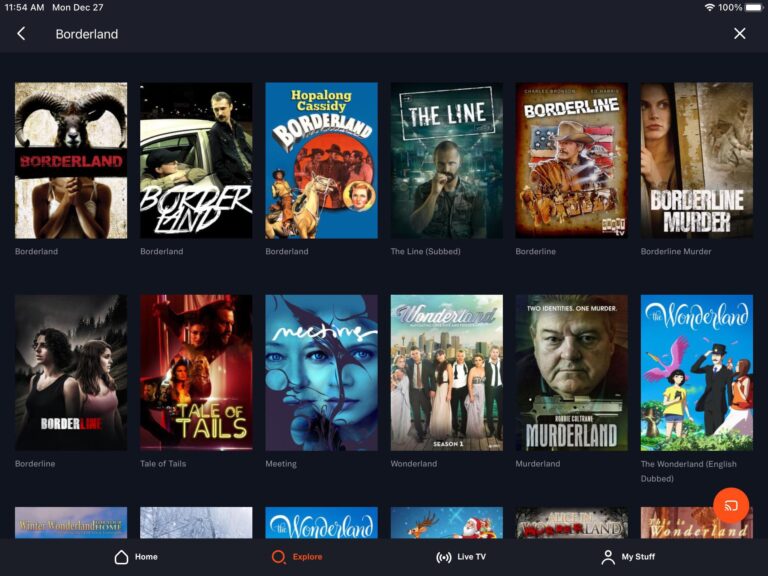The Rise Of The Jitney
Ridesharing, as a concept, has been around for much longer than you might think. Before Uber and Lyft became household names, there was an old-school form of ridesharing known as “Jitneys”. These unregulated taxis operated in numerous American cities in the early 20th century, including Chicago, and carried passengers for a nickel (or “jitney”) a ride. I tried to find out where the word “jitney” originated since it is used in multiple English-speaking countries, but it is thought to be a slang term that originally referred to anything cheap. As automobiles became widely available, the concept grew and blossomed into a thriving underground economy.

Jitneys, for the most part, filled the gaps in the market that traditional taxi services could not or would not fill, much like Uber and Lyft do today. They offered affordable and convenient transportation for working-class people and were a means of self-employment during economic downturns. However, they faced severe backlash from streetcar companies, who saw them as direct competition. Eventually, they were heavily regulated and had nearly disappeared in most places by the 1920s.
Fast forward to the present day, we have companies like Uber and Lyft who’ve harnessed technology to repurpose the Jitney concept for the digital age. The core idea remains the same: providing convenient, point-to-point transport services at an affordable rate.
Starting your own Uber-like company might seem daunting, but it’s not as difficult as you might think. Here are five key things you’ll need to get started:
1. Develop Your Niche
First and foremost, you need a clear business niche. I started a very local service for my small town that concentrate on fast food workers who finish their shifts late at night. I talked about this more in-depth in an earlier article. I normally charge the same amount as Uber and Lyft but my regulars get every 5th ride with my business for free. That means that I’m giving my customers a 25% discount overall by using my service often. What will differentiate you from Uber, Lyft, or traditional taxis? Perhaps you’ll specialize in eco-friendly vehicles, premium luxury rides, or services for elderly or disabled individuals. Identifying your niche is key to succeeding in this crowded market.
2. Build A Website Or App
Your technology platform is the backbone of your business. You need a user-friendly app or website that customers can use to book rides, track their drivers, and make payments. This system needs to be secure, reliable, and easy to use. Moreover, consider investing in advanced features like real-time tracking, price estimating, and customer feedback to enhance user experience. I use DigitHits.com because they charge a low daily fee of $5 a day to use their network for my private service and I can add as many drivers to my service as I grow.

3. Incentives Creates Customers
I give every rider an incentive to make money as well as get a free 5th ride. If a customer refers another potential rider and they schedule a ride online on my website, I pay that person who referred them 5% on every ride from that rider as long as they are using my services. One of my riders makes over $45 a month from her referrals. I also list specials for one-way rides back and forth from a town that’s pretty close by but has no public transportation to get there for $39 per person. These rides are only available Saturday mornings between 8 and 10 am and I usually get at least 3 to 4 people a day. I was worried that no one will take up the offer but I found out to my surprise that people make arrangements to fit that Saturday schedule.
4. Legal Compliance Is Not Difficult
If you plan to add more drivers to your business, then you will be operating in a very lax legal landscape, with regulations that vary by city, state, or even country. Consult with a legal professional to ensure you’re fully compliant with all relevant laws and regulations. This may include obtaining necessary permits, implementing safety protocols, and securing appropriate insurance coverage. Local government fees are minimal in all 50 states. The extra vehicle insurance is usually just a few dollars more than your regular insurance and TSA fees (for airport pickups and dropoffs) can run as low as $20 a month per vehicle.
5. Develop Your Marketing Strategy
Finally, you need to let your first potential customers know about your new service. If you already drive for either Uber or Lyft, you can let your riders know about your private service. Some drivers build their personal rideshare business by passing out cards to select rideshare riders that rely on rideshare service several times a week. If you don’t drive for Uber or Lyft, you may want to expand your marketing strategy that targets your desired customer base. Social media campaigns, partnerships with local businesses, and promotional offers are all effective ways to get your name out there.
Starting your own Uber-like company changes your vehicle from being one of your most significant expenses into one of your greatest assets. With some pre-planning, it’s more achievable than you think. Like the Jitneys of old and the modern rideshare giants, you too can revolutionize transport in your community. So buckle up and get ready to hit the road – it’s going to be an exciting ride!














